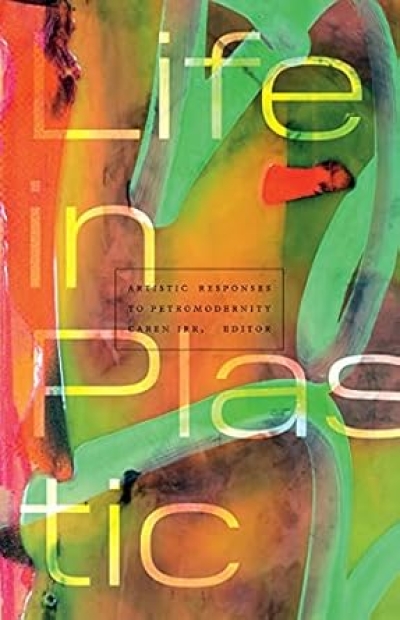
The Number and the Siren
The Number and the Siren. A Decipherment of Mallarme's Coup De Des
A meticulous literary study, a detective story à la Edgar Allan Poe, a treasure-hunt worthy of an adventure novel – such is the register in which can be deciphered the hidden secrets of a poem like no other. Quentin Meillassoux, author of After Finitude, continues his philosophical interrogation of the concepts of chance, contingency, infinity and eternity through a concentrated study of Mallarmé’s poem Un Coup de Dés, patiently deciphering its enigmatic meaning on the basis of a dazzlingly simple and lucid insight with regard to that ‘unique Number that cannot be another’.
Un Coup de Dés jamais n’abolira le Hasard constitutes perhaps the most radical break in the history of modern poetry: the fractured lines spanning the double page, the typographical play borrowed from the poster form, the multiplication of interpolations disrupting reading. But the intrigue of this poem is still stranger, always resistant to full elucidation. We encounter a shipwreck, and a Master, himself almost submerged, who clasps in his hand the dice that, confronted by the furious waves, he hesitates to throw. The hero expects this throw, if it takes place, to be extraordinarily important: a Number said to be ‘unique’ and which ‘can be no other’.
The decisive point of the investigation proposed by Meillassoux comes with a discovery, unsettling and yet as simple as a child’s game. All the dimensions of the Number, understood progressively, articulate between them but one sole condition: that this Number should ultimately be delivered to us by a secret code, hidden in the Coup de dés like a key that finally unlocks every one of its poetic devices. Thus is also unveiled the meaning of that siren, emerging for a lightning-flash amongst the debris of the shipwreck: as the living heart of a drama that is still unfolding.
With this bold new interpretation of Mallarmé’s work, The Number and the Siren offers brilliant insights into modernity, poetics, secularism and religion, and opens a new chapter in Meillassoux’s philosophy of radical contingency.
The volume contains the entire text of the Coup de dés and three other poems, with new English translations.

































































































